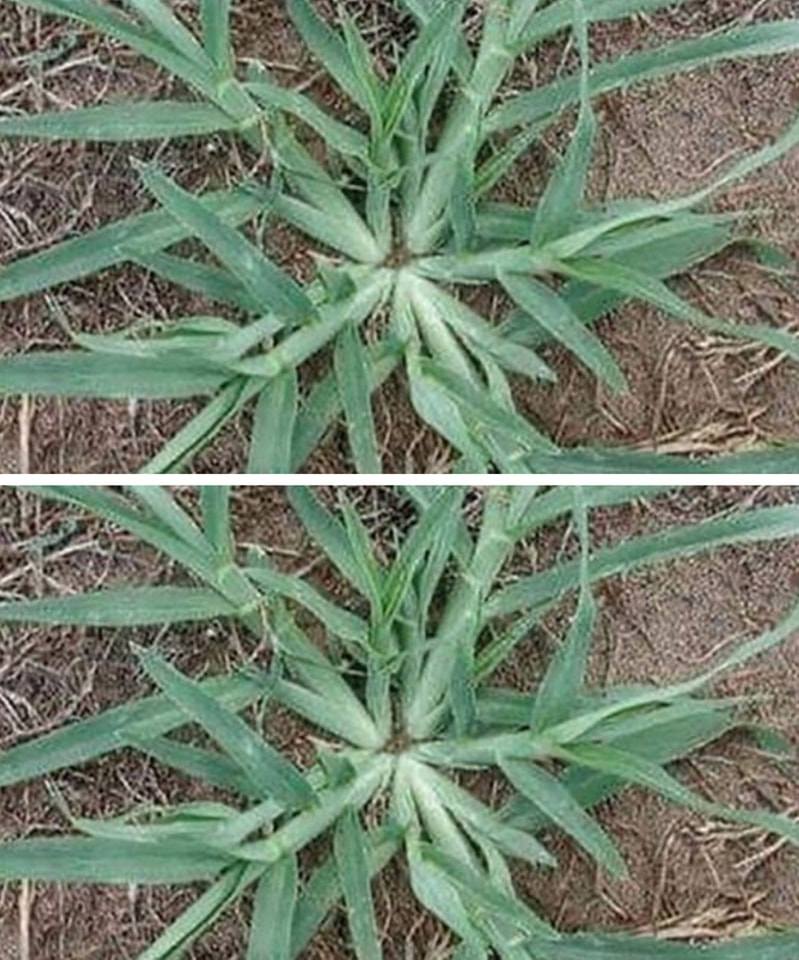ADVERTISEMENT
s a compost addition or mulch, comfrey can help reduce the risk of soil-borne diseases, making it a fantastic plant for companion planting.
How to Harvest and Use Comfrey
If you have comfrey in your garden, you’re probably wondering how to make the most of it without uprooting the plant. Here are a few ways to harvest and use comfrey responsibly:
- Harvest the Leaves: You can cut back the leaves several times throughout the growing season to prevent the plant from becoming too leggy. The leaves can be used fresh for composting or mulch, or you can dry them for later use.
- Comfrey Tea: To make your own natural fertilizer, simply place a handful of comfrey leaves in a bucket of water and let it steep for a week or two. The result will be a nutrient-rich liquid that can be diluted and used to feed your plants.
- Comfrey Poultice: For minor cuts or bruises, you can crush fresh comfrey leaves into a paste and apply them to the affected area. Always remember to test it on a small patch of skin first and avoid using it on open wounds.
Is Comfrey Safe to Grow Everywhere?
While comfrey offers numerous benefits, it’s important to note that it can be invasive in certain regions, particularly in areas where it has access to loose, well-drained soil. If you’re in a location where comfrey is considered invasive, it’s best to grow it in containers or raised beds to keep it from spreading uncontrollably. Always check local gardening regulations to ensure you’re not planting something that could disrupt the local ecosystem.
Conclusion
In short, comfrey is one of those plants that you should never uproot if it appears in your garden. Far from being a weed or nuisance, comfrey is a powerhouse that supports the health of your soil, your plants, and even your local wildlife. Its numerous benefits, from acting as a natural fertilizer to supporting beneficial insects and aiding in plant health, make it a true gem in the garden.
So, the next time you spot comfrey growing in your yard, resist the urge to pull it up. Instead, embrace its potential and let this amazing plant work its magic in your garden.
